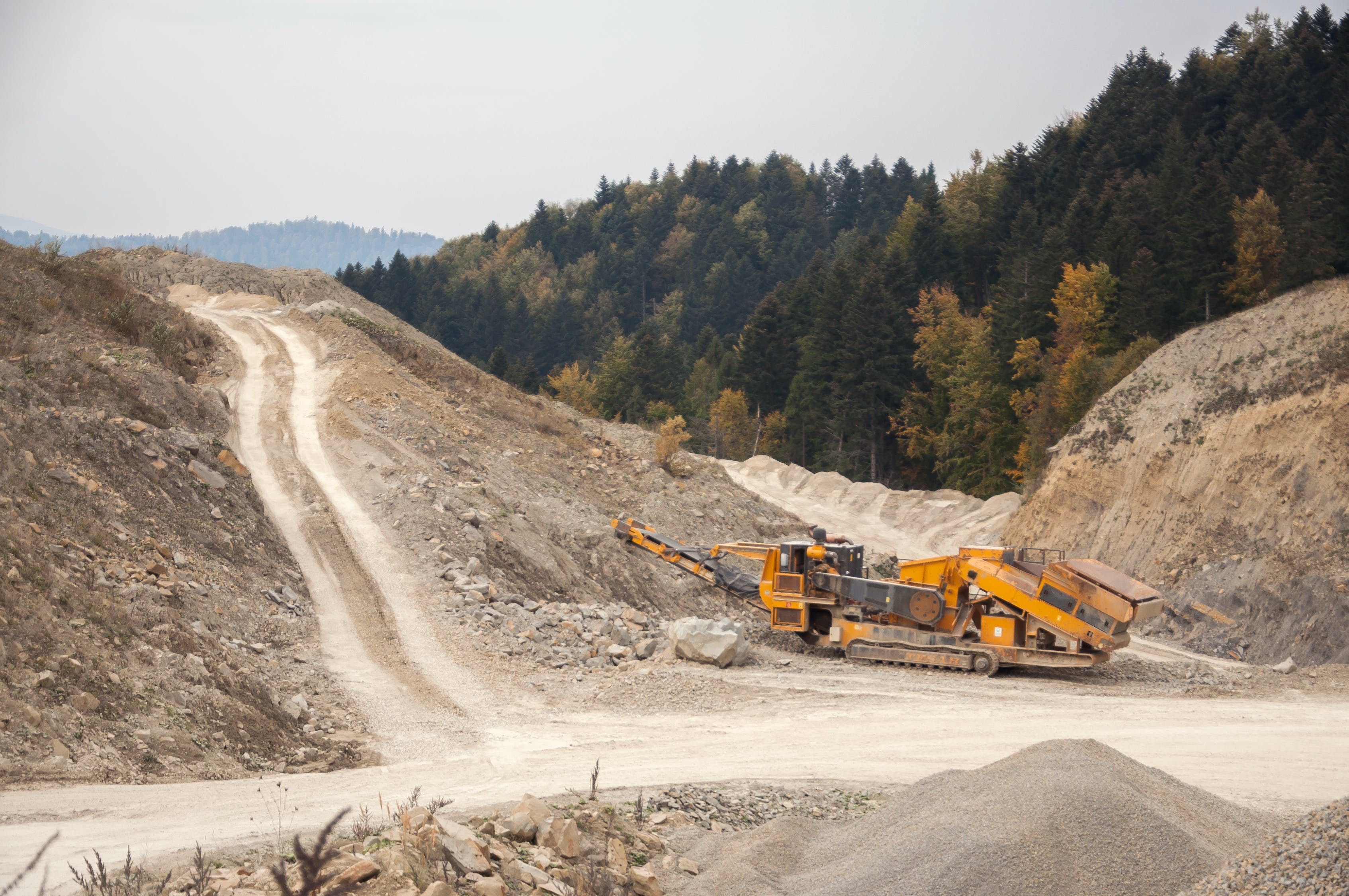Chilean scientist plans to clean up mining with 'metal eating' bacteria
11. 10. 2021 | Phys.org | www.phys.org
In Chile, a scientist is testing "metal-eating" bacteria she hopes could help clean up the country's highly-polluting mining industry. In her laboratory in Antofagasta, an industrial town 1,100-kilometers north of Santiago, 33-year-old biotechnologist Nadac Reales has been carrying out tests with extremophiles—organisms that live in extreme environments.
Some metals can be recycled in smelting plants but others, such as HGV truck hoppers that can hold 50 tons of rock, cannot and are often discarded in Chile's Atacama desert, home to the majority of the country's mining industry. Chile is the world's largest producer of copper, which accounts for up to 15 percent of the country's GDP, resulting in a lot of mining waste that pollutes the environment.

In her research, Reales, who now runs her own company Rudanac Biotec, concentrated on iron-oxidizing bacteria called Leptospirillum. She extracted the bacteria from the Tatio geysers located 4,200 meters above sea level, some 350 kilometers from Antofagasta. The bacteria live in an acidic environment that is practically unaffected by relatively high concentrations of most metals.
Read more at Phys.org
Image Credit: Pexels
-jk-




